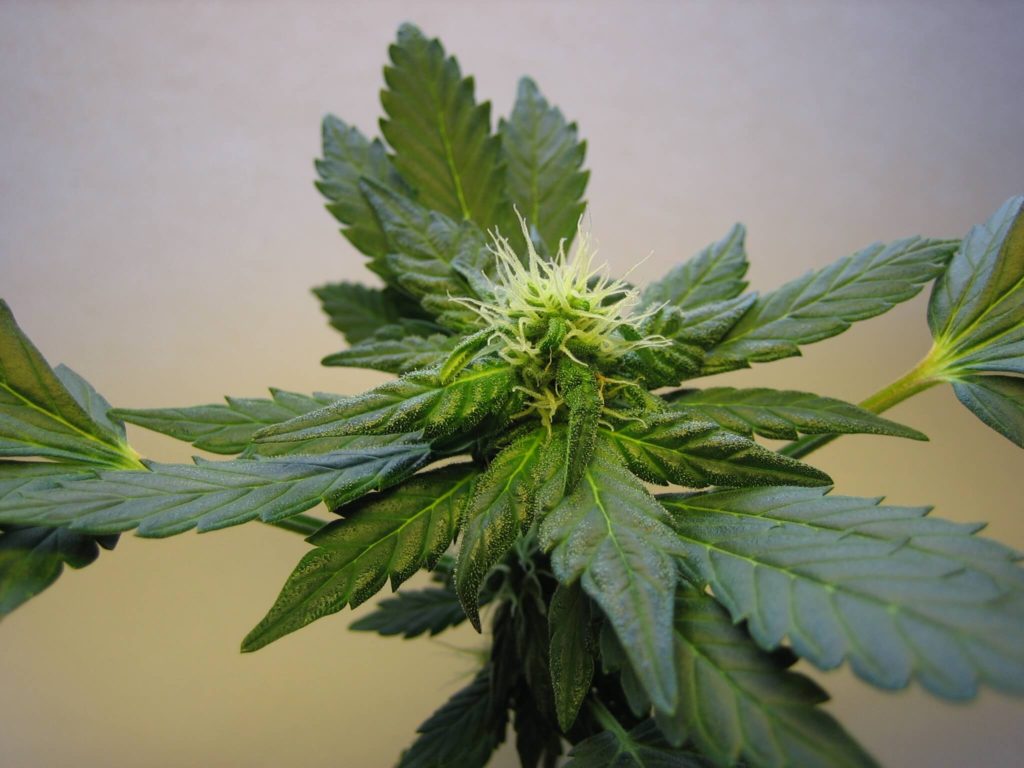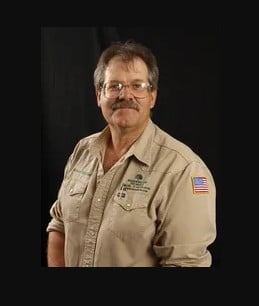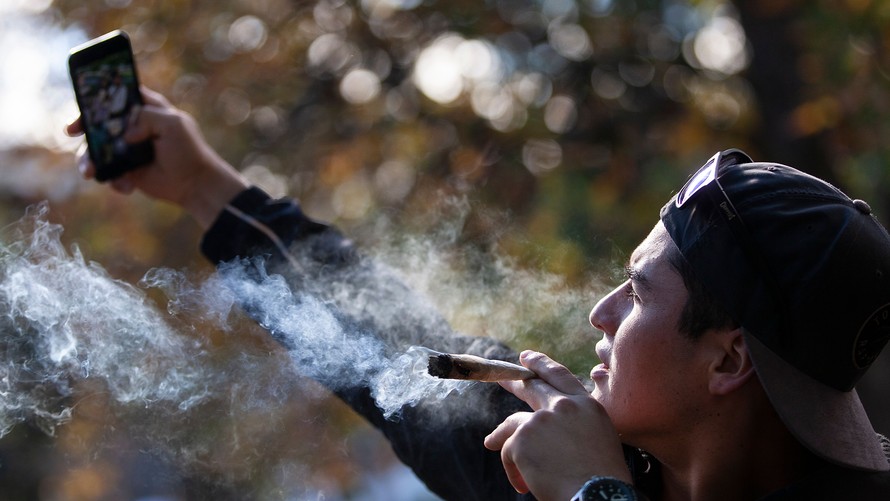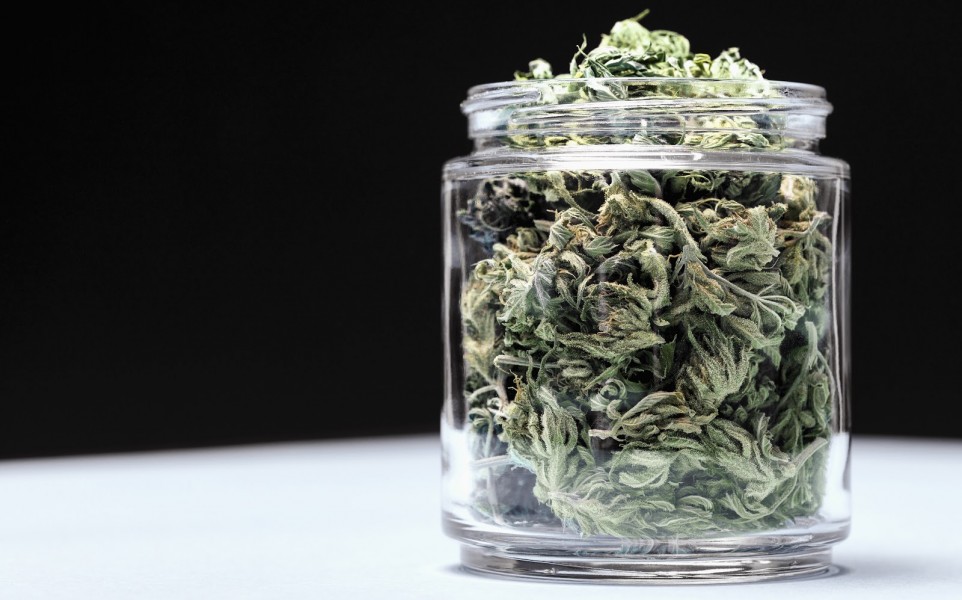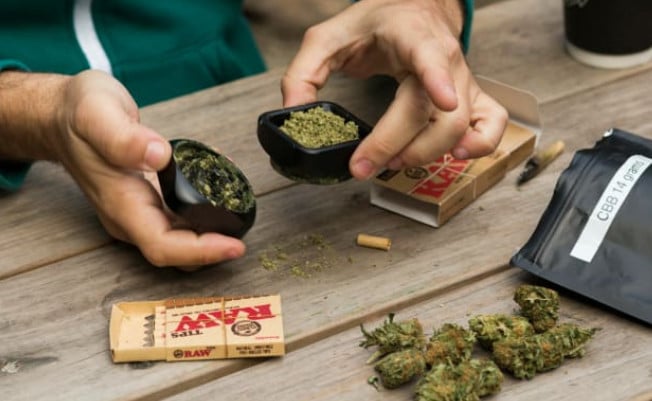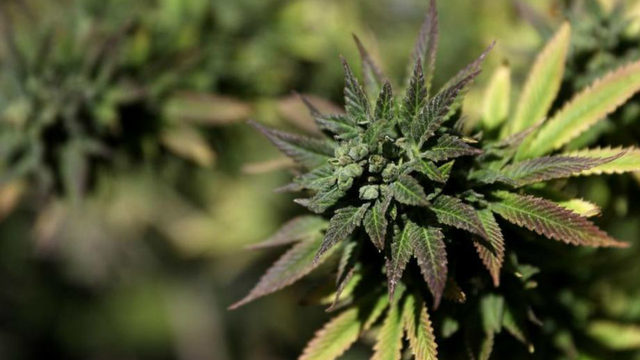Weeds have enjoyed the wet weather this spring and summer. Many of them are getting to be fully mature while others are just starting out.
Whether a plant is a weed or not depends on your perspective. Weeds are plants growing in the wrong place and some of them are beautiful wildflowers.
Crabgrass in a lawn obviously qualifies as a weed. But tomato seedlings sprouting in a row of lettuce may not be considered weeds by everyone.
Most weeds grow vigorously. They choke out desirable plants with their rampant growth and ability to spread by seeds, bulbs, tubers, rhizomes and stolons.
The practice of sowing crop seeds in rows started with Jethro Tull, the British agriculturist (1674-1741). He was the first to write about using horse-drawn hoes to cultivate between rows and kill weeds.
Tull was also among the first to use the word “weed” with its modern spelling and meaning. Before his time they were called weods in Old English.
For eons, the only methods of controlling weeds were pulling them by hand or digging them up with a sharpened stick. Then came handheld hoes and cultivators pulled by animals and tractors.
Although people used sea salt to kill weeds over the centuries, chemical weed control never took off until 1944. That is when the herbicide ingredient 2,4-D was first used to control weeds in a bluegrass lawn without hurting the grass.
The weeds in your yard change from year to year. Every yard also has a different and unique set of weeds.
Prostrate spurge seeds germinate all summer long, forming a mat of small rounded leaves a quarter of an inch tall. It is common in gardens but grows in lawns only if there are bare spots for it to colonize.
Another annual weed, a vine called morning glory, also germinates throughout summer. It can grow 10 feet tall, smothering plants as diverse as asparagus and boxwood.
Tiny bright green weeds just appeared in landscape beds. These are seedlings of henbit, a cold hardy weed that will be with us until next summer.
You can expect seedlings of other so-called winter annual weeds to start growing any day now. The worst ones are common chickweed, hairy bittercress and annual bluegrass.
All of them show up in lawns, gardens, landscape beds and even in pots. Annual bluegrass will take over your lawn if you give it a chance, and then it goes away every summer when the weather turns hot.
Venice mallow seeds may lie dormant in garden soil for 50 years before germinating. Its purple and yellow flowers resemble hibiscus, and their short life gives the plant its other name, flower of an hour.
Common mullein stands tall in its second and final year of life when it grows a flower stalk lined with yellow flowers. This native plant, often seen along roadsides, had many medicinal uses among the Cherokee, Delaware and Iroquois Indians.
Credit: www.newsadvance.com


